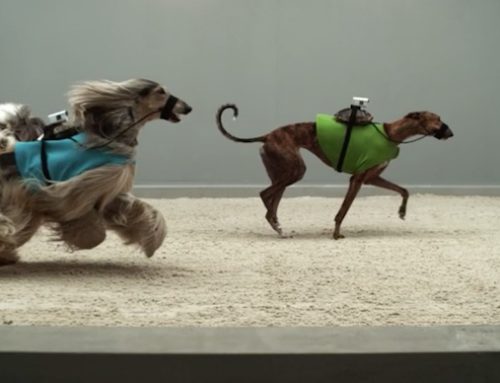Props bring a creative vision to life, move along the action, give actors something tangible to interact with, and sometimes remain in the audience’s memory forever. Understanding the four main types of props is fundamental for any screenwriter, set designer, art director, or producer. These items may or may not be written into a script but, nevertheless, pull together to contribute to a polished look and feel.
The four types of props include:
- Personal props – Objects worn or handled directly by the actors.
- Set props – Furniture or oversized background items not built into the set.
- Trim props – Set dressings that provide a polished and fully furnished look.
- Breakaways – Special effect items designed to break upon impact.
These four types of props can be found in film or theatrical productions. Let’s dive into greater detail to consider different examples that may inspire your next set design.
1. Personal Props
Personal props, sometimes called hand props, enhance the arc of a character. For example, Fred Astaire has his umbrella in Singin’ in the Rain, Hawkeye always wears his bow and arrow in The Avengers, and Al Pacino has his cigar in Scarface. Cups, wallets, combs, pocket watches, and weapons can all be considered types of personal props–so long as the actor is physically interacting with the prop and using it. The most iconic personal props–like Orson Welles’ red sled in Citizen Kane, the leg lamp from A Christmas Story, or Luke Skywalker’s light saber in the Star Wars franchise–may also be referred to as “hero props” because they play a crucial role to the story’s characters or plot.
2. Set Props
Set props are large, movable items not directly built into the set. Most commonly, set props are couches, kitchen tables, and beds, but they may also be appliances, wrestling rings, cars, canoes, rocks, and other scenic elements. Actors may sit on these objects or use them, but they tend to be large and static dressings that help create the film’s overall aesthetic. For standout examples of set props, look for Jacobsen’s Egg Chair from Men in Black, the Bocca Lips Sofa from Austin Powers, or the Djinn Chairs in the lobby of Space Station Five in 2001: A Space Odyssey.
3. Trim Props
Trim props–like picture frames, curtains, blinds, rugs, chandeliers, tapestries, wallpaper, or artwork–help give the production a polished look. A trim prop might even be literal, such as crown molding, floor baseboards, stucco, millwork, and other architectural trims. These items can be just as memorable, in some cases, such as Scarlett’s ripping back the green velvet drapes attempting to seduce Rhett Butler in Gone with the Wind. Equally memorable was the eerie hexagonal-patterned rug in the hallway of Stephen King’s The Shining and Margot’s deep red wallpaper dotted with running zebras in The Royal Tenenbaums.
4. Breakaways
Breakaway props look like the real deal but break easily upon impact, so the actors are not injured. The most common breakaway is a glass pane or bottle made from brittle sugar glass–a transparent substance that shatters convincingly. Furniture like tables, picture frames, and other items such as plates, vases, concrete blocks, or guitars can be made of Piccotex and Piccolastic, a synthetic blend more stable than sugar glass but weak enough to break away upon impact.
Occasionally, laminated tempered glass will be used for scenes where a gunshot blasts an entire window into small shards. What would Peewee’s Big Top Adventure be without smashing $1,000 worth of breakaway bottles in a biker bar to the song “Tequila”?
Take Your Production to the Next Level with High-Quality Props
While these four types of props cover the main categories studied in film schools, we would also add special effects props to the list. Whether you need a fiery explosion, tornado, a foggy moor, a smoking cigarette, or a heavy snowfall, there are special props to bring your vision to life. Contact Movie Prop Rentals to search our inventory of Hollywood-used props for rent in any of the categories mentioned. We can go the extra mile for your production with add-ons like set design and build, staging, setup/teardown, storage, and more.





